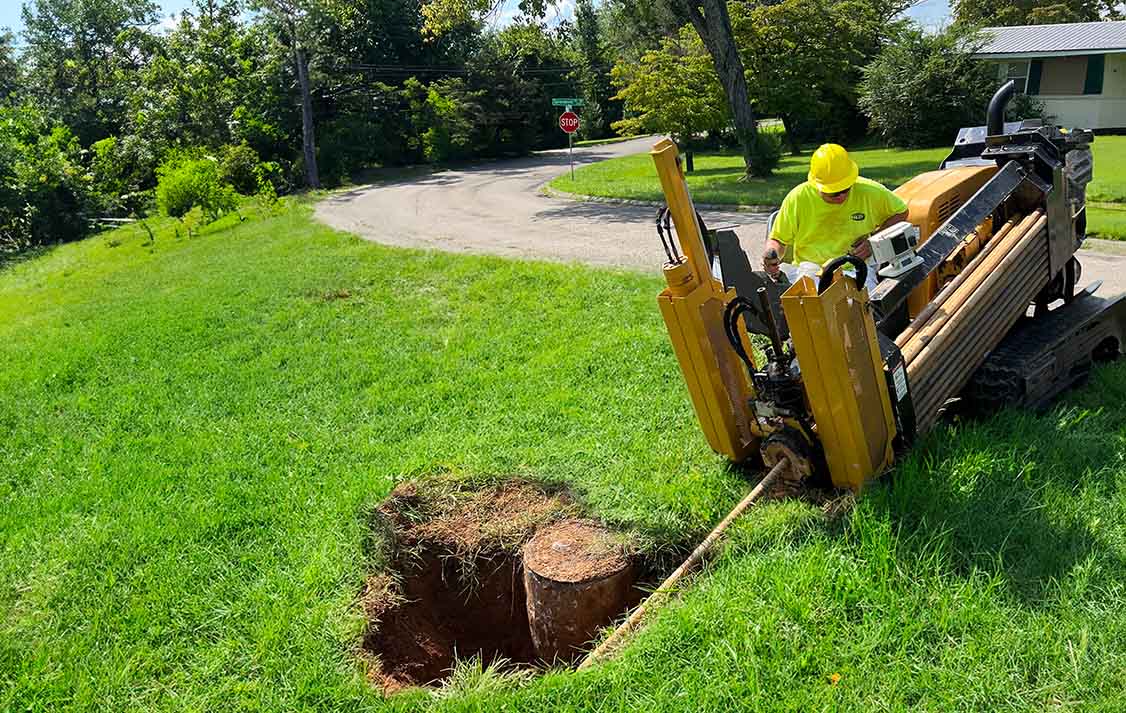

Burst Pipes
Your trusted partner for professional home services. Quality workmanship, guaranteed satisfaction.




- HEP
- Burst Pipes
Burst Pipes | Emergency Plumbing | Plumbing | Blaine
When a winter snap in Blaine turns a small drip into a geyser, HEP’s certified technicians race out with truck-stocked parts, thermal imaging, and the experience to stop water damage in its tracks. From frozen copper lines splitting behind walls to ruptured PEX in crawl spaces, we isolate the break, repair or replace the section, and dry the area before mold or structural issues can start.
Because burst pipes can’t wait, our emergency plumbing crew is on-call 24/7, answering live within seconds and arriving in fully equipped vans that double as rolling workshops. One call brings transparent pricing, friendly experts, and workmanship backed by a satisfaction guarantee—so you can get back to warm showers and peace of mind without the soaking stress.
FAQs
What should I do immediately after discovering a burst pipe in my Blaine home?
First, shut off your home’s main water supply valve—usually located near the water meter or where the main line enters your house. Next, turn off electricity to any affected areas if water is near outlets or appliances to avoid electrical hazards. Open nearby faucets to relieve water pressure in the lines, then call our 24/7 emergency plumbing team. While you wait for us to arrive, move valuables out of the wet area, place buckets or towels to catch drips, and, if safe, take photos for insurance documentation.
How quickly can your emergency plumbers arrive at a Blaine address?
Because our dispatch center is right here in Blaine, we typically arrive within 60 minutes—often sooner, depending on traffic and weather. Our trucks are fully stocked with pipe cutters, fittings, PEX, copper, and CPVC materials, as well as high-capacity water extractors, so we can begin mitigation and repairs immediately upon arrival.
Will shutting off the main water supply completely stop damage from a burst pipe?
Turning off the main valve stops additional water from entering the damaged line, which is crucial, but residual water already in the pipes—and any water that has escaped—can still cause harm. That’s why we also drain the remaining water from the system, extract standing water, set up dehumidifiers, and perform moisture mapping to ensure hidden dampness in walls, floors, or ceilings is addressed to prevent mold and structural issues.
Can your company work directly with my homeowner’s insurance on burst-pipe claims?
Yes. We document the loss with photos, moisture readings, and a detailed scope of repairs. We then submit the information directly to your insurer, communicate with the adjuster, and provide any supplemental documentation needed. This streamlines the claims process, often speeds up approval, and minimizes out-of-pocket costs for you.
How do you locate and repair pipes that burst behind walls, ceilings, or underground?
Our technicians use non-invasive leak-detection tools such as acoustic sensors, thermal imaging cameras, and pressure testing to pinpoint the break without unnecessary demolition. Once identified, we create the smallest possible access point, replace the damaged section with code-approved piping, pressure-test the line, and restore the wall or floor. For underground lines, we offer trenchless repair options like pipe bursting and cured-in-place liners (CIPP) to limit landscape disruption.
What preventive measures can I take to avoid burst pipes during Blaine’s freezing winters?
Insulate exposed pipes in unheated spaces (attics, crawl spaces, garages) with foam sleeves or heat tape, and seal foundation cracks to keep cold air out. Disconnect and drain outdoor hoses, shut off and winterize hose bibbs, and set your thermostat no lower than 55°F when you’re away. On nights below 20°F, allow a slight drip from faucets served by vulnerable pipes to maintain water movement and reduce freezing risk. Scheduling an annual plumbing inspection with us each fall can also identify potential weak spots before temperatures drop.